
What is Meringue? French Meringue, Swiss Meringue & Italian Meringue Explained

If someone asked you, "what is meringue"? Would you say the light, piled-high, fluffy meringue on top of a pie? Or the delicately crunchy and chewy kind you find in a cookie? No matter how you answered, you’d be right. Not all meringues are created equally. At the very core, meringue is a sweet dessert topping made from whipped egg whites and sugar, but there are actually three types —Italian Meringue, French Meringue, and Swiss Meringue. Let's break down the differences and similarities.
French Meringue
- How it’s Made: The simplest, lightest, and least stable of the three is a French Meringue. Egg whites are whipped with granulated sugar until stiff, without heating the mixture. This meringue type is always baked and has a wonderfully crisp exterior and a chewy interior.
- Best Uses: It can be piped into desired shapes for individual cookies, Pavlova, or folded into batters like a souffle to supply airiness.
Swiss Meringue
- How it’s Made: This medium-stable meringue starts with egg whites that are whipped with sugar over a hot water bath until lukewarm and then whipped cold. This type of meringue can be used for recipes similar to French meringue, but it’s less delicate and airy.
- Best Uses: Swiss meringue is often used to make meringue decorations since it is denser.
Italian Meringue
- How it’s Made: The most stable of the meringues, this Italian meringue is partially cooked, either by pouring a cooked sugar syrup onto egg whites and gradually beating them or by whipping egg whites and sugar over a double boiler. Italian meringue needs to be heated to a temperature of about 150°F. Then it is whipped until it reaches room temperature or cold.
- Best Uses: Its stability and smooth texture make it great for mousses, to lighten creams, or to frost onto desserts such as Baked Alaska or a Semifreddo. Italian meringue is not used for cookies or pavlova.
Whichever type of meringue you prefer, Chef Eddy offers the following tips for the best outcome.
Prepping Meringue
-
Make sure bowls and equipment are clean and dry.
-
Meringue can be made in a handheld mixer or preferably in a stand mixer. Making meringue using a hand whisk requires lots of muscle.
-
Egg whites will whip quickest when at room temperature, so best to plan ahead.
-
Some recipes, such as for macarons, indicate using older egg whites. This means eggs that have been separated from the yolks 2-4 days beforehand and were stored in the refrigerator.
-
Although disputed by some sources, Chef Eddy has noticed that organic eggs produce more stable meringues.
Whipping Meringue
-
Sugar needs to be free of any other ingredient or it can prevent the meringue from whipping properly. So make sure scoops that traveled between other ingredients and sugar are cleaned properly first.
-
Cream of tartar is used in some meringue applications as it makes the meringue more flexible. However, before adding it, it may be best to stick with the recipe as indicated.
-
Follow the suggestions in the recipe. For example, in angel food cakes, the egg whites and sugar are whipped to medium peaks. If they were whipped stiff, it could result in a less airy cake.
-
If the recipe calls for a stiff meringue, it is usually because it requires stability. Whip it until it forms stiff peaks. You will know it’s stiff enough when you pull out the meringue and it creates a peak.
Baking Meringue
-
Baking meringue can be tricky on rainy or humid days due to the moisture in the air. However, if you are baking in an air-conditioned home, the fact that it is raining outside has little effect on the meringue.
-
One smart thing during the baking of meringue is to open the oven door several times during the baking process. This releases steam accumulated in the oven and will allow the meringue to dry properly. Meringue will not collapse when the oven door is opened.
-
Meringue is baked in very low oven temperatures. If baked too high, the meringue will brown on the outside while still being raw in the center (and no one wants that).
-
Bake meringue until crisp on the outside, and then remove one cookie or piece. Break it in half and let it sit for a minute or so. Then test the center; if it is no longer sticky, then the meringue is done. Otherwise, return it to the oven.
-
Overbaking is not a concern with meringue as it needs to crisp in and out. (Unless the oven temperature was too high and it browned.)
Cooling and Storing Meringue
-
Once the meringue is removed from the oven, it will cool rapidly.
-
As soon as it has cooled, place it in plastic bags with as much air as possible removed until ready to use. Wrapping in plastic food wrap is not adequate.
-
Store any baked meringue at room temperature.
Now that you know the differences in meringue give one of these fan-favorite meringue recipes a try.
Heart Shaped Meringue Cookies (French)
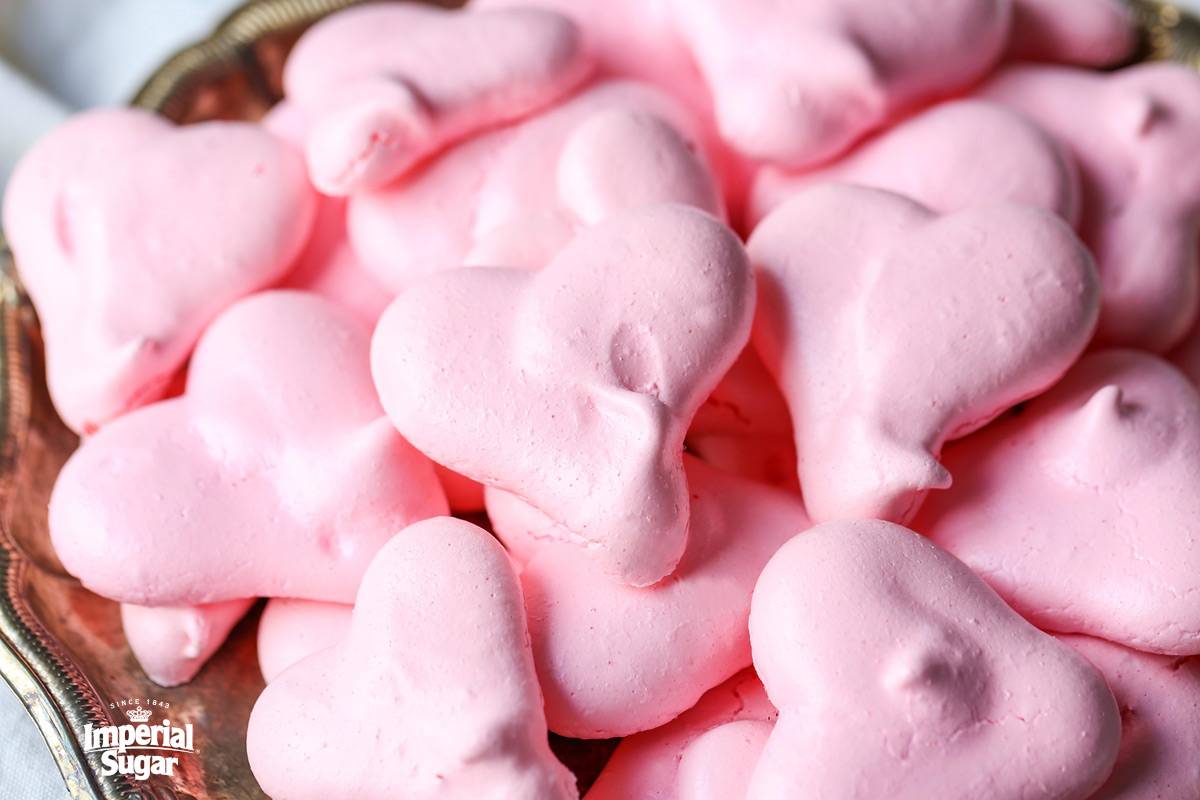
Lemon Meringue Pie (French)
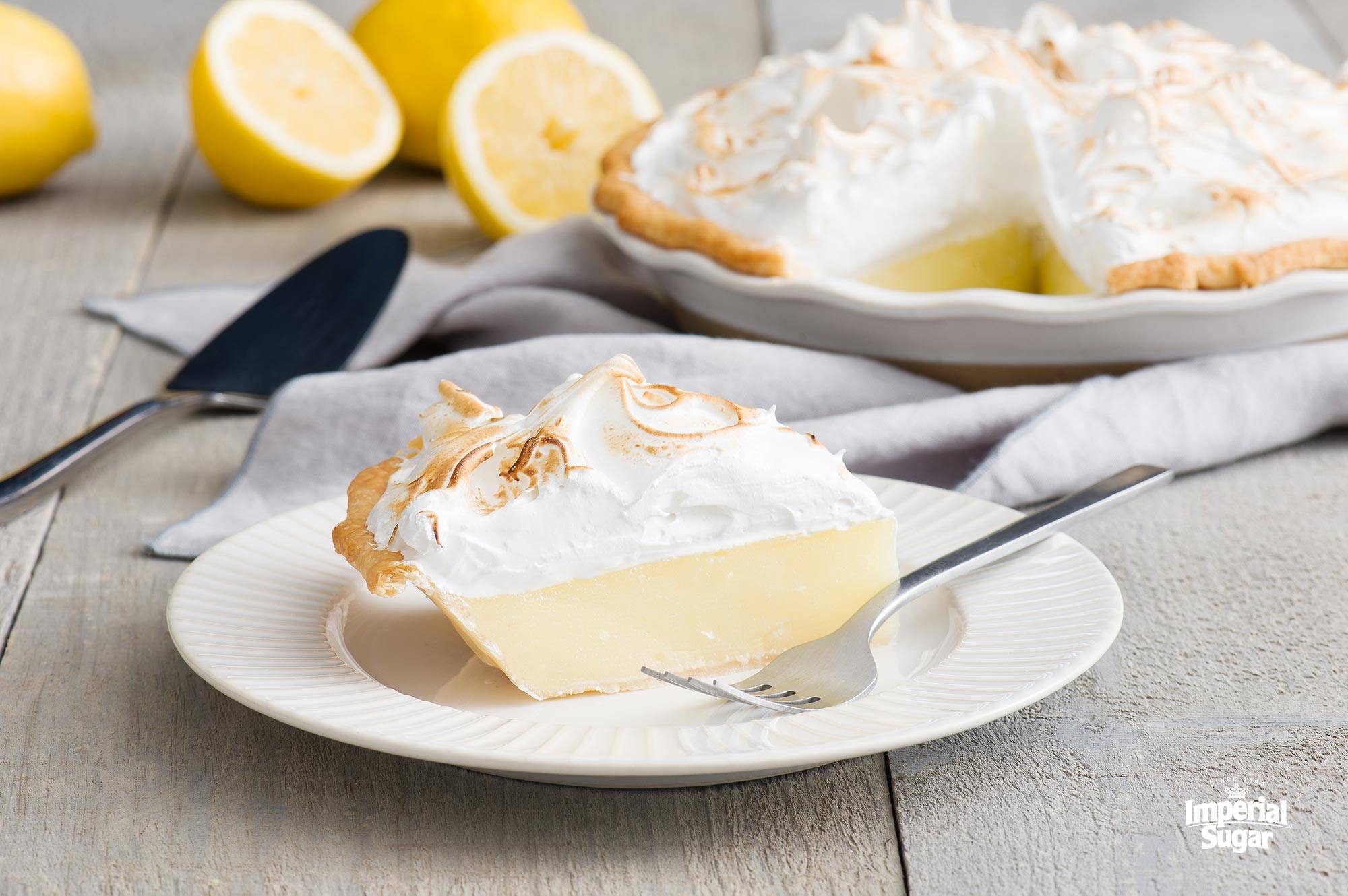
Blackberry Cardamom Pavlova (French)

Merenguitos (French)

Raspberry Bombe with Baked Almond Meringue (Italian)
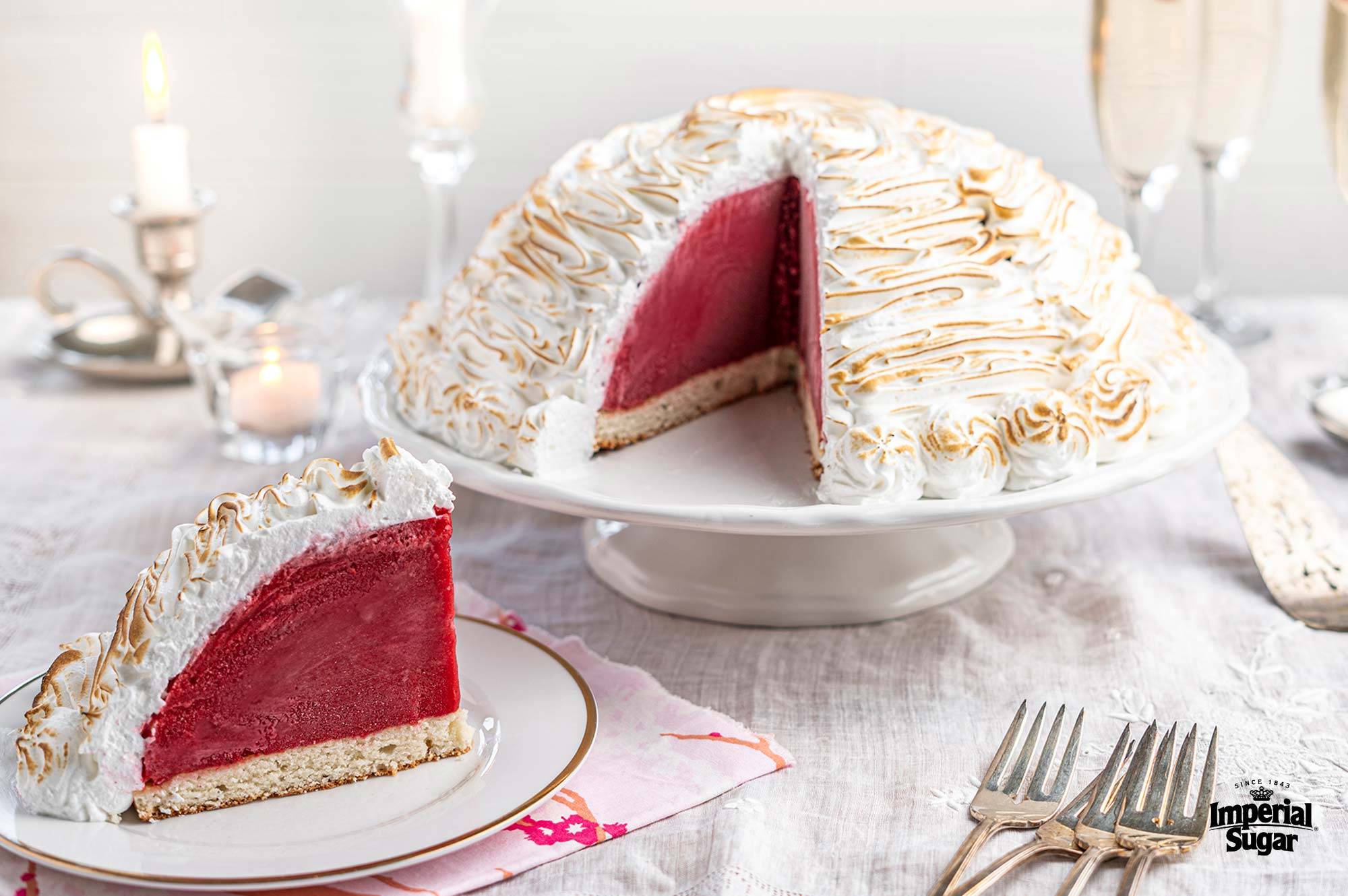
Mango Meringue Pie (Italian)
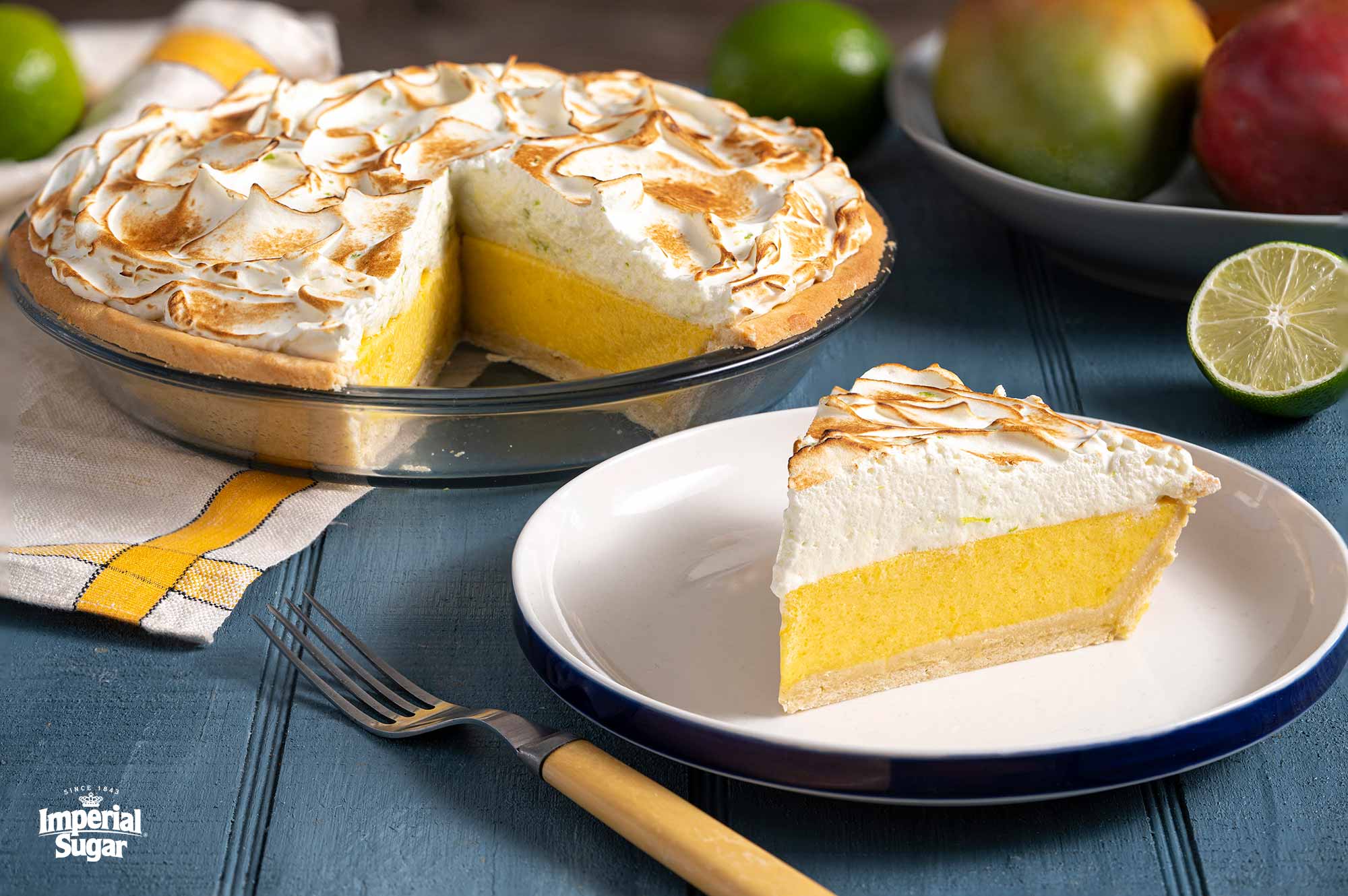
Pineapple Meringue Pie (Swiss)
-imperial.jpg)
Watch for more tips and tricks on how to make meringue.
PIN IT NOW!

 then
then  Add IMPERIAL SUGAR to Home Screen
Add IMPERIAL SUGAR to Home Screen

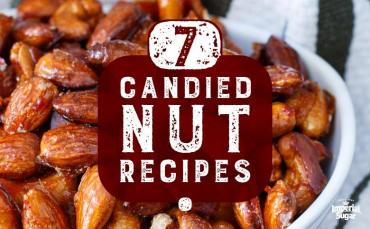

Sign in or create an account
You need an account to like and rate recipes, comment, and share a recipe with the community.
Continue with Facebook